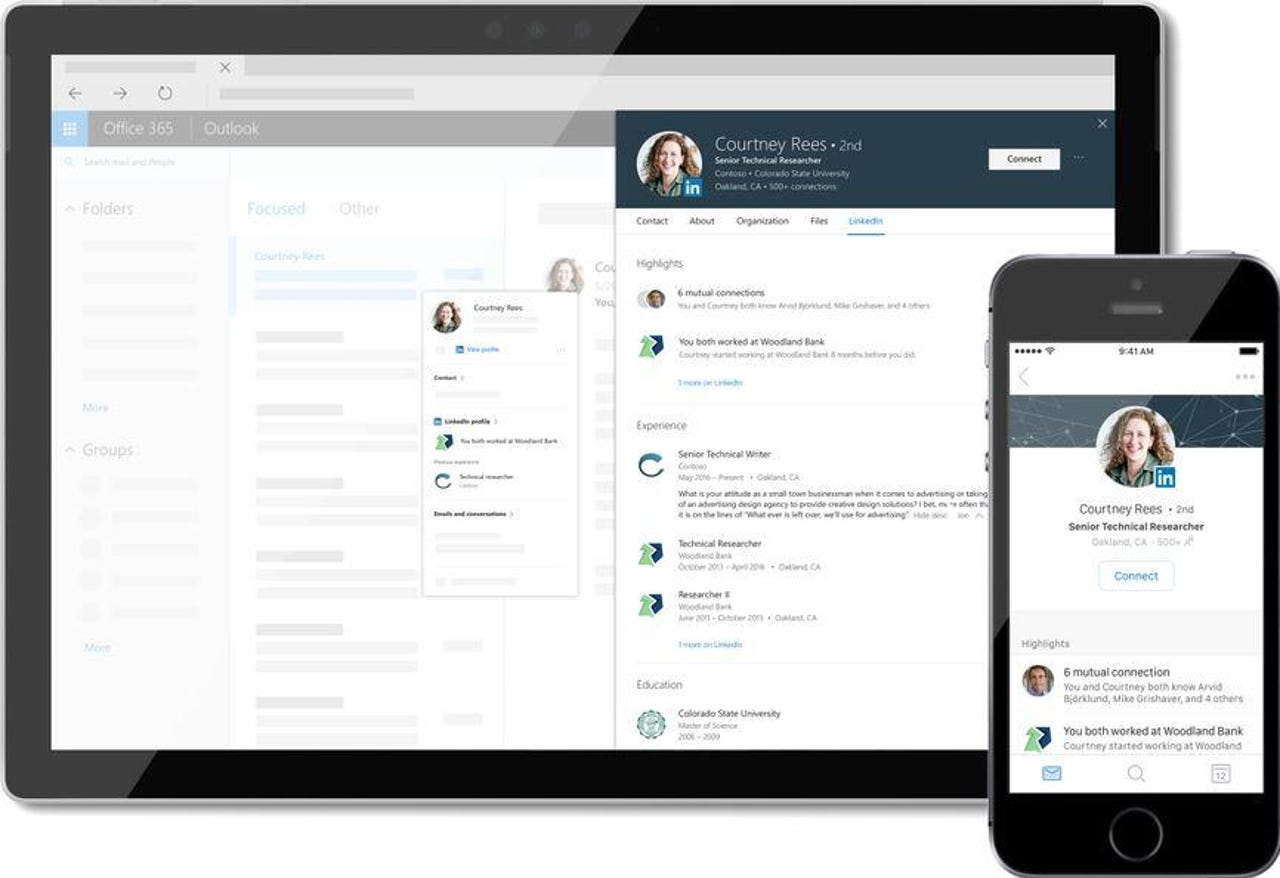Microsoft's LinkedIn report card: Technology integration continues, but at a slow pace


Microsoft's approval of its LinkedIn acquisition recently passed its two-year mark. When Microsoft announced its initial intent to purchase LinkedIn for $26.2 billion -- still its largest acquisition in history -- officials said the deal made sense because of the ways the two companies' respective data graphs could and would be integrated. So how's that integration going?
In a word: Slowly.
In some ways, this isn't surprising. When Microsoft bought LinkedIn, Microsoft officials repeatedly said they'd learned from mistakes of past acquisitions and planned to take a largely hands-off approach in managing LinkedIn. In 2017, Microsoft allowed LinkedIn to focus on growing its engagement numbers as measured by "sessions." LinkedIn focused on updating its feed, adding video, overhauling its messaging platform, and focusing on active job seekers instead of passive candidates.
In 2018, LinkedIn continued to focus primarily on improving its own business with Microsoft's blessing. In many cases, this meant continuing to use its own homegrown technologies, rather than adopting Microsoft-developed ones. (One notable exception to this was Microsoft's decision to migrate 14,000 LinkedIn employees from Google services to Office 365.)
I've spent some time combing through Microsoft and LinkedIn blog posts from calendar 2018 to find evidence of integration progress between the two companies. I found eight announcements, with two of them actually delivery announcements for integrations announced in 2017.
Featured
The eight, arranged in chronological order:
1. Resume Assistant (announced in 2017; delivered in 2018) for Office 365 subscribers on Windows
2. Combining LinkedIn's content filtering and Microsoft Cognitive Services to keep inappropriate content off LinkedIn sites
3. Dynamic translation in LinkedIn feed uses Microsoft Translator and Text Analytics APIs
4. Linkedin Insights in Office 365 calendar
5. Email or coauthor content together with first-degree LinkedIn connections without needing their email addresses stored in Outlook
6. Ability to see information from LinkedIn profiles in Outlook on the Web, OneDrive and SharePoint in Office 365 (announced in 2017; delivered in 2018)
7. Dynamics 365 for Talent integrated with LinkedIn Recruiter
8. Profile targeting that leverages LinkedIn data for search campaigns on the Bing Ads platform
It's interesting that LinkedIn continued to advance its own Groups and Contacts platforms rather than adopting Microsoft's. And LinkedIn continues to operate its own datacenters and seemingly has no plans (at least immediate ones) to run its services on Microsoft's Azure cloud.
In 2018, Microsoft began reporting LinkedIn commercial revenues as part of its Productivity and Business Processes revenues. And the commercial portion of LinkedIn's business -- LinkedIn Recruiter, Sales Navigator, premium business subscriptions, and other services for organizations -- is now reported as part of Microsoft's "Commercial Cloud" numbers.
I don't have the feeling that Microsoft officials are dissatisfied with the integration progress with LinkedIn. They seem OK -- at least publicly -- with achieving these kinds of incremental integration points between the two. I don't see this changing in 2019. And I don't think Microsoft's top brass will be mad about that.